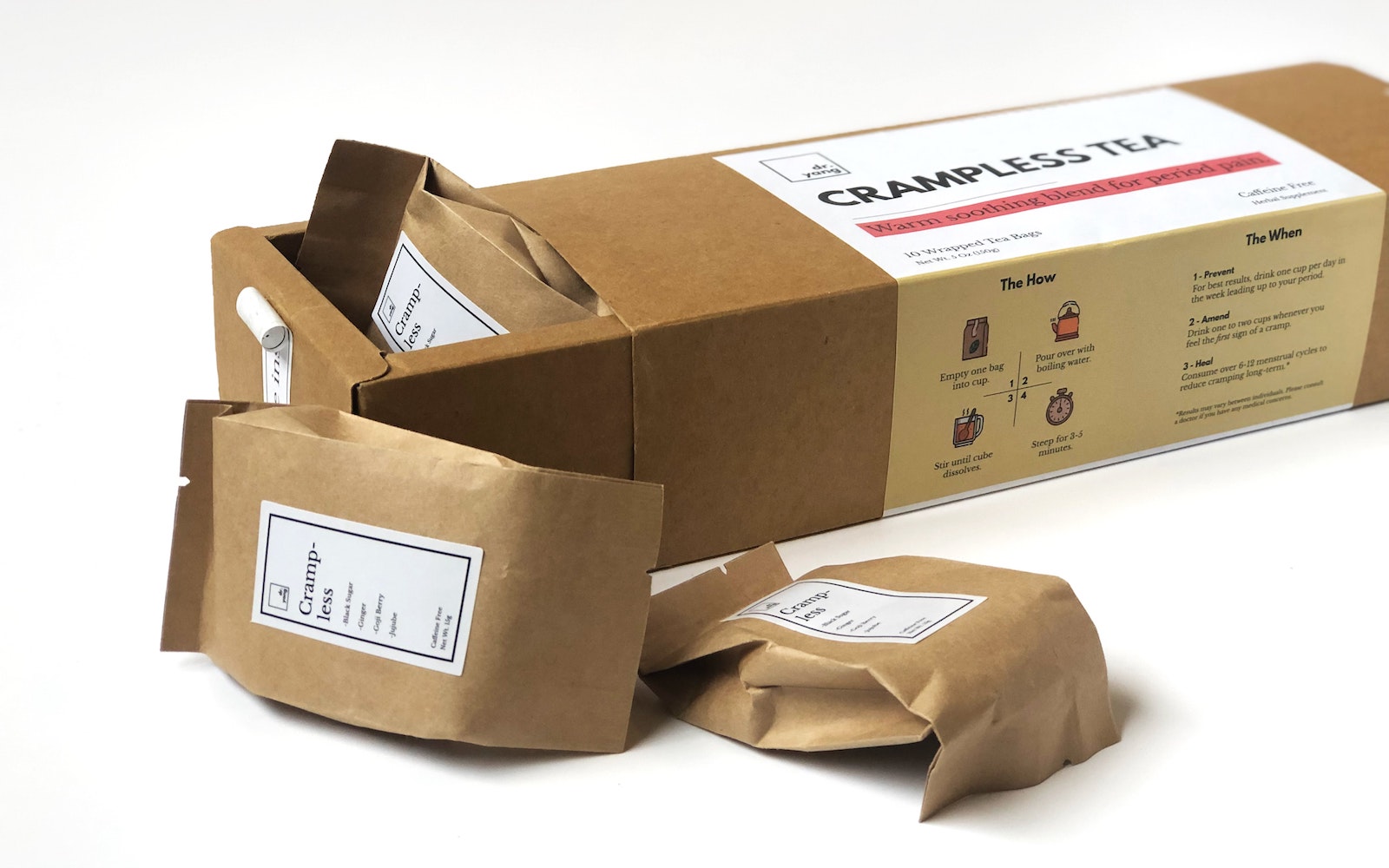Table of Contents
** Minutes
What is a shipper-owned container?
Where you’ll find shipper-owned containers
What’s the difference between SOCs and COCs?
Some non-freight examples of SOC containers
Is it worth buying your own container?
Rent or own? People encounter this question all the time — for movies, clothing, cars, and housing — and some business owners face it when it comes to freight shipping. Whether you are a freight forwarder or engage in freight shipping occasionally, purchasing freight containers instead of renting can help you maintain control over your ecommerce supply chain.
In this article, we will cover the basics of shipper-owned containers, how it is differs from a carrier-owned container, and how to determine whether investing in owned freight containers is the right choice for your business.
What is a shipper-owned container?
A shipper-owned container (SOC) is a freight shipping container owned by an independent individual or business. While carrier-owned containers (COCs) are the property of a carrier and are rented out to the carrier’s consignees, SOCs are the property of the shipper, who then pays the carrier to ship the cargo container for them by purchasing a slot on their truck or ship.
Where you’ll find shipper-owned containers
Typically, SOCs will be found wherever COCs are. Although SOCs are often found on shipping lines that have less cargo flow, they are transported using the same methods that couriers use to transport COCs. Here are four of the most common means of shipping freight SOCs.
Freight ships
The most common place to find a shipper-owned container is on a long seafaring ship. Also known as cargo ships or container ships, they are designed to carry hundreds of standard-size 20- to 40-foot metal SOCs stacked on top of each other. Freight ships play a key role in global shipping and trade operations.
Large ground transport
Shipper-owned containers are also used for transporting via ground. Trucking is by far the most common form of ground transport (with the sheer size and weight of SOCs and COCs necessitating trucks of massive size and engine power). However, rail freight continues to service active cargo flows for cross-country shipping.
Aircraft
Air transport is used for expedited shipping and is also the most expensive mode of package transportation. Air freight requires a specialized aircraft designed to hold SOCs, COCs, and other cargo-worthy containers, which comes at a higher price.
Intermodal transit
Intermodal transit shipping refers to a model of shipping in which a combination of the above transportation methods are used to get a freight container to its drop-off point. The more remote the freight destination is, the more likely a carrier will have to utilise multiple transport strategies to complete the delivery.
What’s the difference between SOCs and COCs?
SOCs and COCs are generally physically identical, sharing markings such as CSC plates and Approved Continuous Examination Program (or ACEP) certifications. The only difference between an SOC and a COC is which party owns and takes responsibility for it. Shipper-owned containers belong to the shipper and are continually reused to ship the same products.
Carrier-owned containers belong to a carrier or logistics company, and they are rented out to consignees that do not have their own containers. When a delivery is complete, COCs are returned to the carrier, who then rents them out to another customer. On the other hand, SOCs are returned to the shipper, who must store and maintain them independently of the carrier.
Some non-freight examples of SOC containers
In the context of freight shipping, SOCs almost exclusively refers to large, heavy metal boxes used to ship a business’s cargo around the world — but SOC containers and the ‘bring your own box’ model of shipping are relatively common in a broader sense. Here are just a few examples of SOCs that you’ll find in daily life.
Milk bottles and baskets
Those small baskets with glass bottles of milk? These are considered SOC containers, since the bottles belong to the recipient, who then reuses the bottles and baskets for future milk purchases.
Containers for moving
Those big cardboard boxes you use to pack your belongings when you move? Those are SOC containers as well. Even though you pay a moving company to ship them to your new home, you own those boxes or containers, and are still responsible for storing, recycling, or reusing them.
Suitcases
Your suitcase is also technically a SOC. You pay an airline to fly you and your luggage around the world, but your suitcase is owned by you. If an airline loses your luggage, they would owe you compensation.
Is it worth buying your own container?
While SOCs offer business owners a certain level of freedom and control, they are by no means a worthwhile investment for all companies. Before purchasing SOCs, you should consider your business’s unique shipping needs, and assess whether SOCs are a wise investment.
SOC can be an expensive asset — a 20-foot SOC typically costs between $1,300 and $2,000, and a 40-foot SOC goes for between $1,700 and $3,000. Depending on where you ship your inventory and how long you store it, detention charges and demurrage costs incurred when leasing a COC could easily cost you just as much, if not more, than the price of SOC.
So if you ship a substantial amount of product to a distant or remote location (or along container lines that lack regular cargo flow), it may be wise to invest in your own SOC containers so you can move product as cost-effectively and efficiently as possible. Purchasing SOCs secondhand can help minimise the initial investment and still provide the benefits that SOCs provide at a more affordable cost.
Fulfilment logistics slowing you down? Try ShipBob
If you’re feeling overwhelmed at the prospect of figuring out shipping on your own, there is another option: You can partner with a third-party logistics (3PL) to handle your ecommerce fulfilment and shipping needs.
ShipBob is a leading 3PL that partners with ecommerce businesses to optimise their warehousing, manage inventory, handle order fulfilment, and automate shipping so business owners can focus their energy on strategic growth while saving time and money on logistics.
ShipBob also partners with freight experts and can help clients book freight shipments from around the globe. From international fulfilment needs to regional shipping, ShipBob can help ecommerce businesses scale their operations globally through discounted rates.
Shipper-owned containers FAQs
It takes some time to master the ins and outs of freight shipping — particularly when there are so many regulations to be followed, acronyms to learn, and options available to ecommerce vendors. To help you get started, here are some answers to the most common questions about shipper-owned containers.
What’s the difference between COC and SOC?
SOC stands for ‘shipper-owned container’ and is a metal freight shipping container that is owned by an individual or business and used to ship cargo across long distances. A COC, or carrier-owned container, is a cargo container that is owned by a carrier company and is rented out to various consignees.
Who owns a freight shipping container?
Both couriers and the shippers they service can own freight shipping containers. When a container belongs to the carrier, it is called a COC, or carrier-owned container. When the container belongs to a shipper (an individual or independent business), it is called an SOC, or shipper-owned container.
How expensive are shipper-owned containers?
SOCs can cost between $1,300 and $3,000 or more, so before you invest in one, you should examine how you ship your freight and where you ship it to. If you are shipping cargo long distances or to remote locations where delays are common, or if you are experiencing frequent delays, purchasing an SOC might be a worthwhile investment, as it frees you from the hassle of detention charges and demurrage fees altogether, while providing more control over your supply chain.



